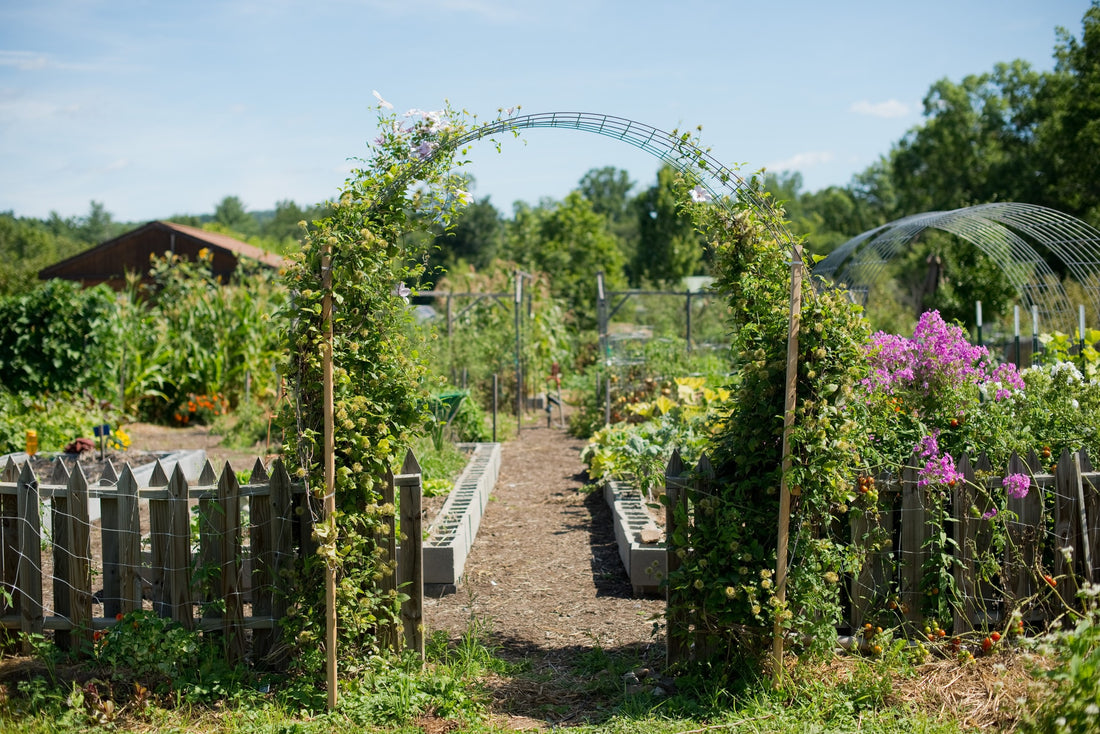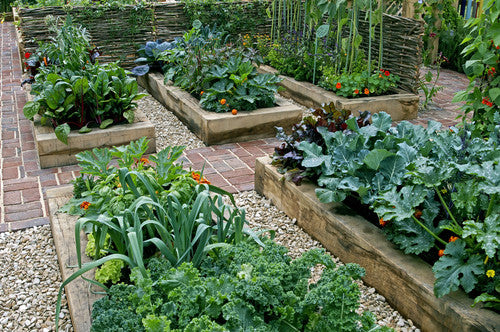Uncover the Secrets to Creating a Productive and attractive Horticulture Room
Developing a efficient and lovely horticulture area is not just an issue of growing vegetables and flowers; it calls for a strategic method that incorporates numerous critical components. From picking the right location based on sunshine and dirt type to attentively creating your layout and picking ideal plants, each choice plays a crucial duty in the success of your garden.
Picking the Right Area
Selecting the optimal place for your garden is critical to its success and general aesthetic appeal. The primary step in this process entails analyzing sunlight direct exposure, as a lot of plants call for a minimum of six hours of direct sunshine daily (Homestead Gardening). A south-facing garden generally obtains the most light, while shaded locations can hinder growth and blooming
Additionally, think about soil high quality and drain. Well-draining dirt is important to avoid water logged roots, which can bring about plant diseases. Conducting a dirt test can give important information pertaining to pH levels and nutrition web content, allowing you to amend the dirt as necessary.
Additionally, distance to water resources is another aspect to consider - Homestead Gardening. Having easy access to a pipe or watering system can simplify the watering process and urge constant plant care. Wind security is additionally crucial; positioning your garden near structures, such as fences or walls, can protect it from harsh winds that may damage delicate plants
Last but not least, consider availability for upkeep and harvesting. A well-placed yard allows for practical gain access to, ensuring that you can conveniently often tend to your plants without causing excessive anxiety or disruption. Thoughtful place choice lays the foundation for a prospering yard.
Choosing Plants Carefully
When choosing plants for your garden, it's vital to take into consideration elements such as climate, soil conditions, and personal preferences to ensure a effective and unified room. A detailed understanding of your local environment will assist you in choosing plants that prosper in your particular setting. For instance, choosing drought-resistant ranges is helpful in deserts, while moisture-loving species may be better suited for areas with high rainfall.
Soil conditions are similarly important; conducting a dirt test can reveal pH degrees and nutrition content, enabling you to choose plants that will grow. Native plants are commonly an exceptional choice, as they are typically well-adapted to neighborhood soil types and call for much less upkeep.
Furthermore, consider your gardening objectives. Are you going for a decorative display screen, a vegetable yard, or possibly a mix of both? This will affect your selections dramatically. Lastly, reflect on your individual choices-- choosing plants that resonate with your visual tastes will boost your pleasure and commitment to keeping your garden. By meticulously examining these variables, you can develop a flourishing and diverse plant option that elevates your gardening experience.
Creating Your Garden Design
With an attentively chosen plant selection in hand, the next action is to create a garden layout that makes the most of both charm and performance. Begin by analyzing the available space, taking into consideration elements such as sunshine, shade, and wind patterns. A tactical design needs to incorporate numerous areas, consisting of areas for planting, pathways, and possibly seating.
Beginning with bigger plants or prime focus, such as trees or high perennials, put tactically to create visual interest. Layer smaller plants ahead to enhance deepness and structure. Think about the growth habits of your selected plants; taller ranges ought to be positioned at the back or facility of beds, while shorter ones can line the edges.
Incorporating paths not only helps with accessibility for upkeep however also welcomes exploration. Usage materials that enhance the garden's total aesthetic, whether timber, stone, or gravel chips.
Additionally, think concerning seasonal modifications and exactly how your format will look throughout the year. Including evergreens together with seasonal blossoms can ensure year-round appeal. Eventually, a properly designed garden format balances the natural appeal of plants with useful considerations, resulting in a room that is both inviting and effective.
Enhancing Soil Health And Wellness

To boost soil wellness, begin by carrying out a soil test to examine pH degrees, nutrient web content, and dirt appearance. This will notify your modifications. Integrate raw material such as garden compost, well-rotted manure, or fallen leave mold to improve soil framework, water retention, and microbial task. Additionally, exercising crop turning can protect against nutrient deficiency and minimize parasite and disease pressures.
Mulching is another efficient method; it not only preserves dampness yet also suppresses weeds and progressively improves the dirt as it damages down. Staying clear of too much tillage is essential, as it can disrupt dirt framework and injury advantageous organisms. Instead, take on no-till or minimal tillage techniques to keep soil integrity.

Preserving Your Garden Successfully
A properly maintained yard gives satisfaction and efficiency, calling for regular focus to make certain that plants flourish and the landscape continues to be welcoming. Reliable yard maintenance includes several key practices that boost the wellness of your plants and the overall visual of your room.
Normal watering is vital; however, it is necessary to tailor your watering schedule based her comment is here upon the certain needs of your plants and local climate problems. Mulching can assist keep dampness, subdue weeds, and control soil temperature level. Prompt weeding prevents competition for nutrients and resources, making certain that your plants grow.
Pruning is an additional you can look here necessary task. It urges healthy development, gets rid of diseased or dead branches, and forms plants to maintain an appealing framework. Additionally, keeping track of for illness and pests is essential; early detection and treatment can conserve your plants from substantial damages.
Fertilization needs to be performed attentively, using natural options whenever feasible to promote lasting soil health and wellness. Finally, seasonal tasks such as growing, splitting perennials, and planning for winter season will certainly ensure your garden remains dynamic year-round. By adhering to these practices carefully, you can grow a yard that is both stunning and productive.
Verdict
Selecting an appropriate location with adequate sunshine, picking appropriate plants, making a cosmetically pleasing design, enhancing soil wellness, and ensuring normal maintenance are vital components. By incorporating these techniques, one can grow a flourishing yard that not just improves the landscape but additionally advertises ecological equilibrium and sustainability.
From picking the right place based on sunlight and dirt type to attentively creating your design and picking appropriate plants, each decision plays a crucial role in the success of your yard. Well-draining soil is vital to stop water logged origins, which can lead to plant diseases.When picking plants for your garden, it's essential to consider factors such as environment, soil problems, and personal preferences to make certain a efficient and unified room. Eventually, a well-designed garden format harmonizes the all-natural charm of plants with sensible considerations, resulting in a room that is both welcoming and productive.
